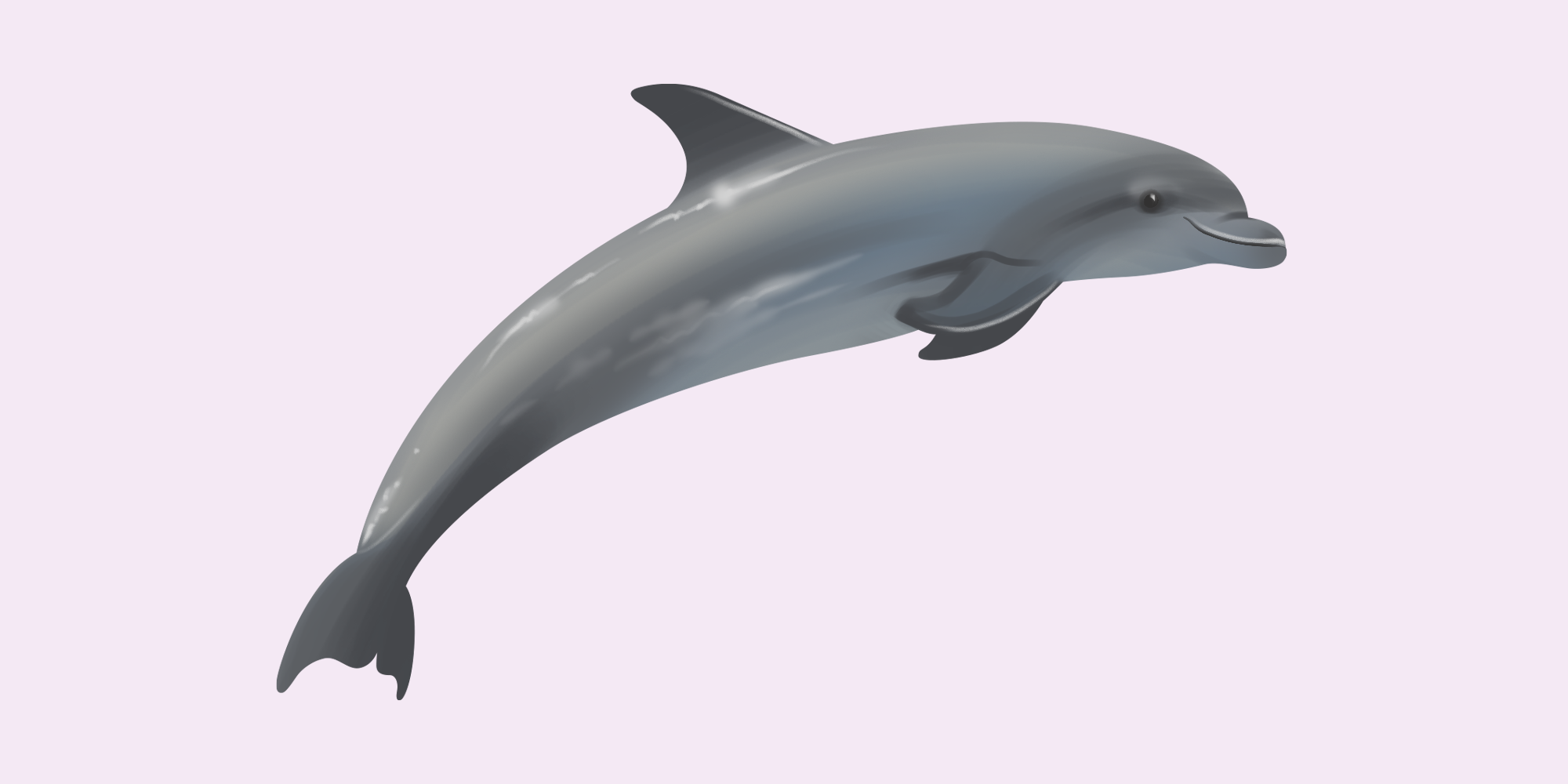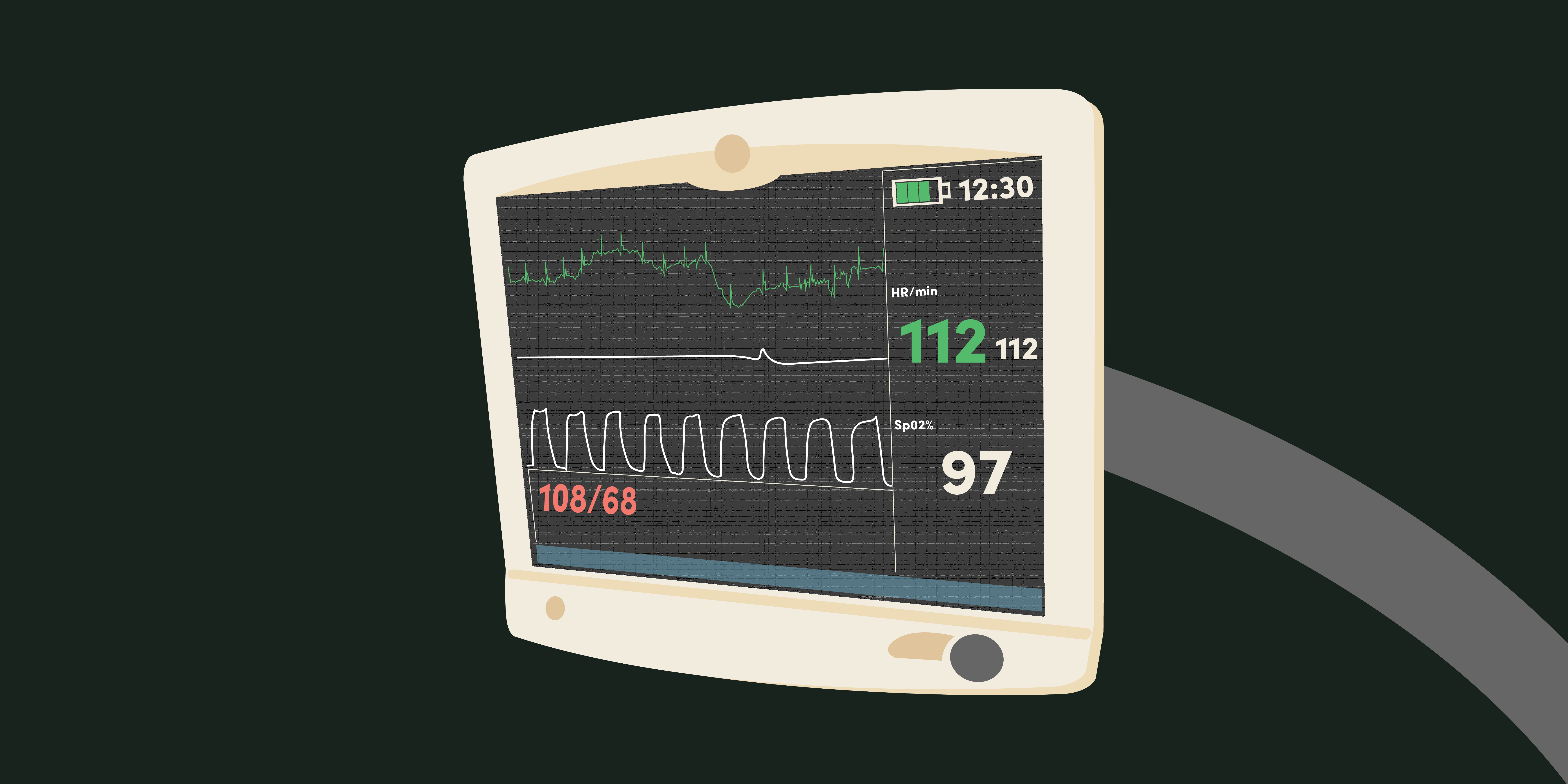The normal yield curve
The graphic below depicts a normal yield curve, so labelled because lenders and bond investors expect greater compensation to lend money for a longer period of time. Intuitively, it makes sense, as the longer the time to maturity, the greater the probability of unexpected negative events. It’s logical that investors would expect additional compensation for accepting greater risk, which is why longer-term bonds (of equal credit quality) will typically offer higher interest rates.
This upward-sloping line is the most common shape for the yield curve.
What can the yield curve tell us?
The yield curve is important beyond providing a visual depiction of bond interest rates relative to maturities.
It is used to help forecast interest rates, since the shape of the curve can give some idea as to the possible future course of interest rates. A steepening yield curve, where the spread between long-term and short-term rates is widening, typically suggests that short-term interest rates are poised to move higher. Conversely, a flattening curve suggests that short-term interest rates are expected to come down.
Financial institutions can use the yield curve to inform profit expectations and shape forecasts. Banks borrow short term and lend long term, making a spread off the rate difference. The steeper and more upward sloping the yield curve, the wider the gap between lending and borrowing rates, meaning higher profit margins. Meanwhile, a flat or downward-sloping curve tends to suggest that margins will get squeezed and bring profits down.
What affects the yield curve and how?
It’s important to note that interest rates don’t always change by the same amount for all bonds that comprise the yield curve.
Inflation and inflation expectations
The link between market interest rates and expected inflation is known as the Fisher effect, after economist Irving Fisher, and explains how increases in expected inflation steepen the yield curve.
Inflation decreases purchasing power, prompting consumers and businesses to buy goods and services before prices are anticipated to go up even more. This leads to a larger spread between short-term and long-term yields, causing the yield curve to steepen.
The nominal interest rate is the stated interest rate on a bond, unadjusted for inflation. The real interest rate takes inflation into account. Investors must consider the real interest rate to gauge the extent to which inflation may adversely affect the return on bond investments.
Nominal Interest Rate = Real Interest Rate + Inflation Premium
Interest rates
Central banks respond to rising inflation by increasing short-term interest rates. Raising short-term interest rates results in higher demand for short-term instruments over relatively less attractive existing long-term instruments, which can lead to a decrease in longer-term rates and a flattening of the curve.
The opposite occurs in the event of central bank rate decreases, which push investors further out the curve in search of higher yields and tends to steepen the yield curve.
Economic growth
Strong economic growth can lead to higher inflation that might ultimately require central bankers to put on the brakes by upping short-term interest rates. When economic growth is strong there is greater competition for capital, as investors have more options to choose from, which can lead to an increase in yields and a steeper yield curve.
Longer maturities mean more risk
The primary reason investors command a higher yield for longer-dated bonds is because of the risk of rising inflation, which erodes the value of a bond, both the repayment amount and interest payments. Lenders get compensated for this risk by virtue of the inflation premium that gets built into the interest rate on a bond.
Also, it’s more difficult to predict or accurately forecast economic conditions like inflation, central bank policy decisions, and global growth – over longer timeframes. As conditions change, yields will fluctuate and these adjustments can be quite sizeable, as evidenced by bond market activity in 2022-23.
The greater uncertainty around potential losses on long-term bonds (versus short-term ones) justifies the extra compensation that lenders demand for making long-term loans, which is referred to as a term premium*, and positive term premiums are why the yield curve is upward sloping most of the time.
*Term premiums are not knowable in advance, so it is estimated, based on financial and macroeconomic variables.
The inversion diversion
Yield curve inversion happens when long-term yields fall below short-term yields. It’s relatively uncommon as it’s illogical that bondholders would be better compensated on shorter-term holdings over longer-term ones, of equal credit quality.
An inverted yield curve occurs when long-term investors believe that interest rates will decline in the future. This can happen for a number of reasons, but the main ones are tied to the expectation of a decline in inflation, downward rate guidance from central bankers, and/or economic slowing or weakness. An inverted yield curve might also reflect shrinking term premiums.
When the yield curve begins to invert, it’s fairly widely perceived as a harbinger of pronounced economic weakness — in the form of a recession. While there is a strong correlation between yield curve inversions and recessions, correlation does not equal causation.
Other types of yield curves
We know the yield curve is usually upward sloping and sometimes inverts, but it can take on other shapes too. A change in the shape of the yield curve is known as a “twist” and occurs when interest rate changes vary for bonds of different terms.
A steep yield curve occurs when long-term yields rise at a faster clip than short-term ones, which has historically tended to signal the start of an expansionary economic period.
A flat curve happens when all maturities have very similar yields and usually occurs when there is a transition from a normal yield curve to an inverted yield curve.
Getting ahead of the curve
The yield curve is a complex and very nuanced topic. Becoming more familiar with the concept is helpful to understand the importance of the yield curve and why it’s referenced so often in financial media. Anyone who found the yield curve came with a fairly steep learning curve was hopefully able to flatten that somewhat and is now ahead of the curve when it comes to understanding the yield curve.





